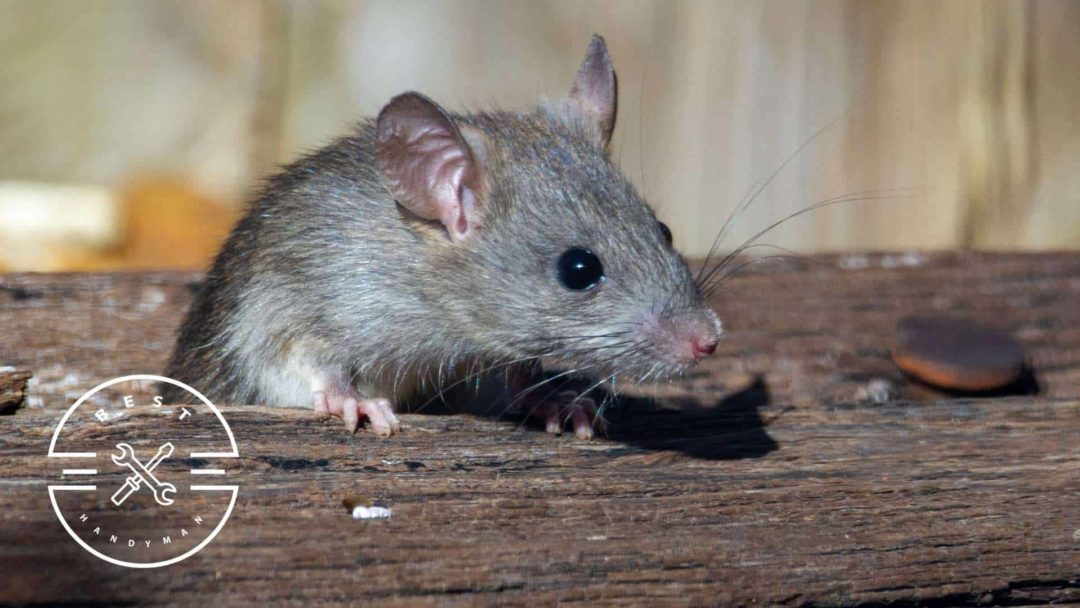Having rats at home is never a pleasant experience for any homeowner. The constant droppings, the gnaw marks, and the scratching noises at night can undoubtedly frustrate anyone.
If you’ve noticed some signs that you may have an unwanted visitor at home, then it’s time to call professionals for help or do something on your own. You shouldn’t leave them be, as they may cause more problems for you in the future.
This article will break down the costs of different rat extermination services, explain the factors that may affect these costs, and discuss how much it will cost if you’ll remove them yourself. We’ll also help you identify the signs that your house is infested with rats!
How much does rat extermination cost?
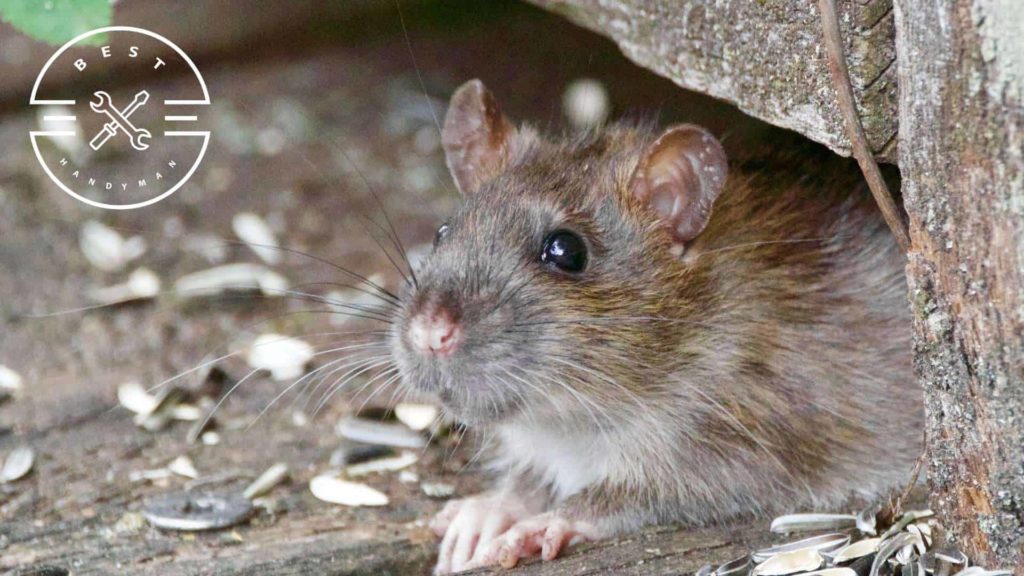
The average cost to exterminate rats is $370, but it can go as low as $145 and as high as $7,000, depending on the method to be used, the level of infestation, the size of the property, and the extra services you may avail.
Rat control companies typically offer various options for their rat extermination services. You can choose one-time visits, monthly services, or annual treatments for your property.
One-time visit services can be classified into standard removal and full service. Standard removal includes an initial inspection, bait and trap placement, and follow-up visits to monitor progress and make adjustments as needed
The cost of standard removal typically ranges from $145 to $575.
Full service, on the other hand, includes everything in the standard removal package, including disposal of dead rats and cleaning of their debris. This service typically costs anywhere between $200 and $700.
These services are typically recommended for small to medium infestations. However, when the infestation is too severe, they may suggest fumigation which costs around $2,000 to $7,000.
After the one-time visit, you may also get treatments monthly or annually to ensure the rats don’t come back again. Monthly visits typically cost $50 to $75 per visit, while annual visits usually cost $125 to $150 per visit.
What factors affect rat extermination costs?
Level of Infestation
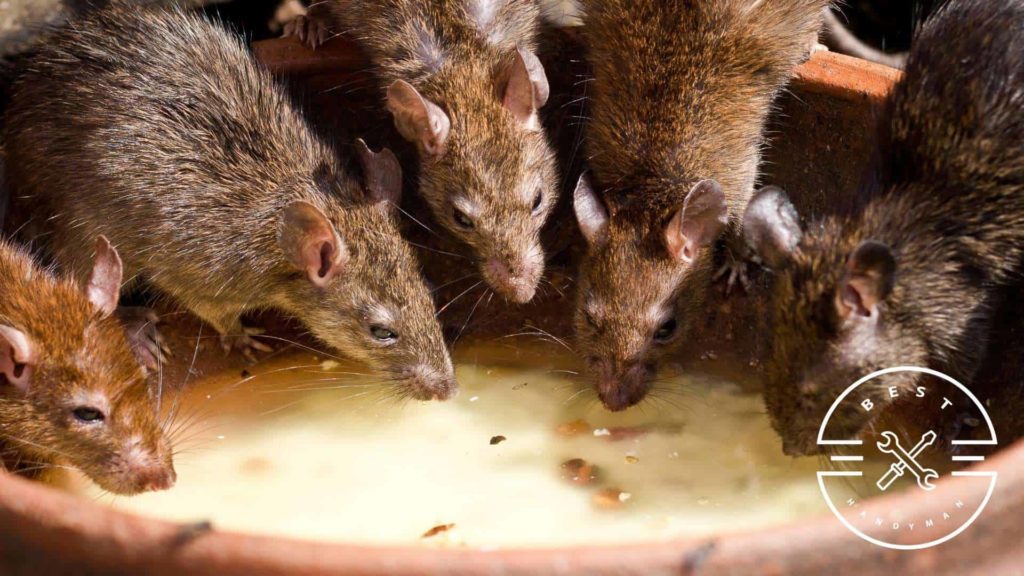
The level of infestation can directly affect the cost of rat extermination. A larger and more widespread infestation will require more time and effort, so the cost will naturally be higher.
Some exterminators may need to come back to your house multiple times, resulting in higher costs.
Moreover, a larger infestation will require exterminators to use more traps and rodenticides to completely remove the rats. This means you’ll have to pay more for the resources they’ll use.
Type of Rats

Different rat species may have varying behaviors, habitats, and control challenges, which can impact the complexity and cost of the extermination process.
Some exterminators may be less experienced in eradicating certain types of rats, so it may take longer and more resources to eradicate those types that they don’t have much experience dealing with.
Additionally, some species of rats like to nest in areas that are harder to reach, so removing them is a lot more challenging. Some also have a higher reproduction rate than others, so infestation spreads a lot faster.
Norway Rat
Norway rats are among the most widespread species of rats that can be found in urban and suburban areas. They are medium to large-sized rats that mostly have brown fur and blunt snouts.
They dig burrows to create extensive underground tunnels and are good climbers and swimmers, so they can adapt to most environments.
They have a very high reproduction rate, producing 6 to 12 pups a year, and young rats can reach sexual maturity at around 2 to 3 months. Hence, they can be quite hard to exterminate once they establish their home on your property.
Roof Rat
Roof rats are more agile compared to Norway rats. They also have a more slender body, pointed snout, larger ears, darker fur, and longer tail, so distinguishing them from Norway rats shouldn’t be that hard.
Unlike Norway rats, which mostly stay on the ground or dig burrows, roof rats prefer elevated areas like trees and rafters due to their excellent climbing abilities.
They also have a high reproductive rate, with females producing 6 to 8 pups a year.
Property Size and Layout

Property size and layout also play a vital role in determining the total cost of rat extermination.
The larger the property is, the more resources will be needed and the longer the treatment will be. The cost will subsequently increase because of this.
Additionally, the nests may be harder to locate the larger the property is, requiring more effort from the exterminators.
If the layout is also complex on top of the property’s large size, the harder the job will be for the exterminators and the higher the cost will be. This is because it will be harder for them to seal all possible access points if the property has an intricate layout.
Treatment Method
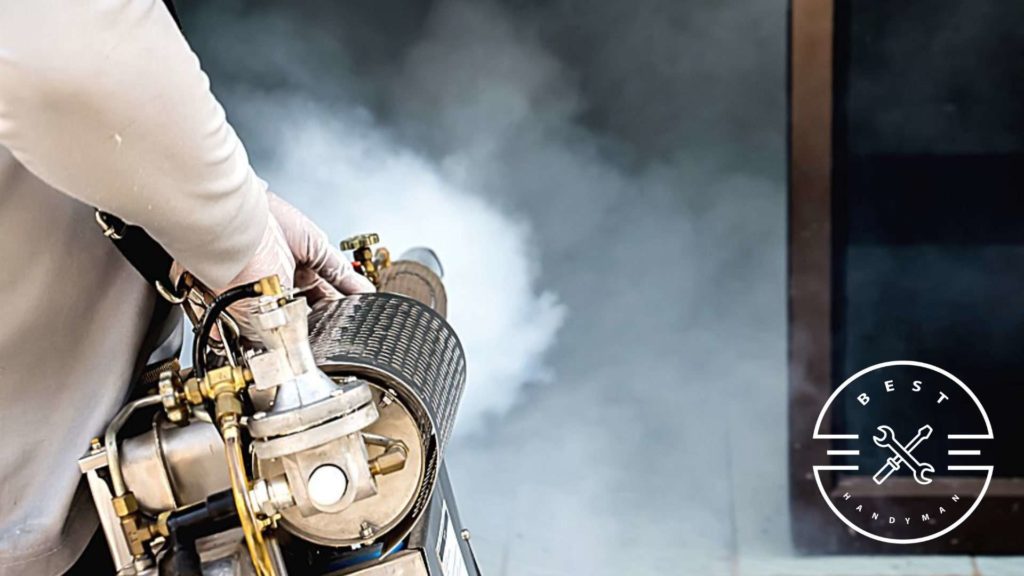
A rat infestation can be treated in various methods, depending on the level of infestation, property size, surrounding environment, health and safety considerations, and more.
The four most common treatments include traps, rodenticides, rat deterrents, and fumigation. Each method uses different resources and requires different effort and expertise, so the cost will also greatly vary.
Traps

Traps are the most popular method, both for professional and DIY extermination. One reason for this is the wide range of traps available in the market right now, including snap traps, glue traps, and electronic traps.
Snap traps are spring-loaded devices that kill or injure the rats upon activation, while glue traps use a strong adhesive substance to hold the rodents in place.
Electronic traps are typically more expensive, but they’re generally more effective and considered more humane by some due to the instant death they cause. They release lethal electric shock once the rat gets caught, causing immediate death.
Some professionals offer live trapping, which is considered to be the most humane way possible to remove rats. This includes using traps designed to capture the rats alive and transporting them to a suitable location.
Live trapping usually costs $50 per rat, but it can vary depending on the rates of the exterminator.
Rodenticide
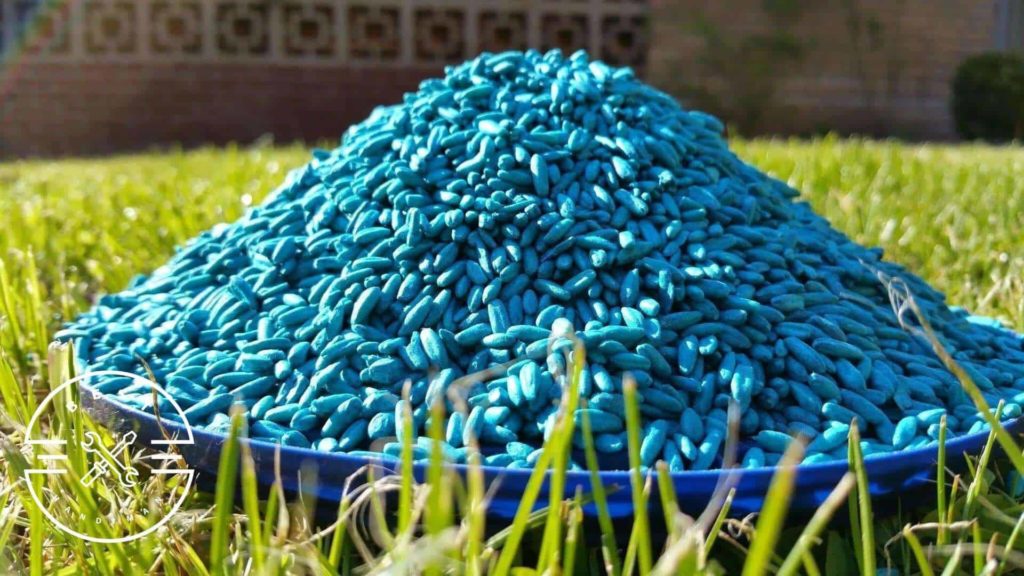
Using rodenticide is another widely used treatment for rat infestation, but it’s mostly done with the help of professionals, as it can bring health hazards if done incorrectly.
They contain chemical compounds that are designed to be attractive to rodents, enticing them to consume the bait. The ingredients in rodenticides are typically brodifacoum, bromethalin, and other chemicals that can cause illness or death to the rats.
Some states may ban certain rodenticides or impose strict measures on them, so it’s best to check the local laws first before using them.
Rat Deterrents
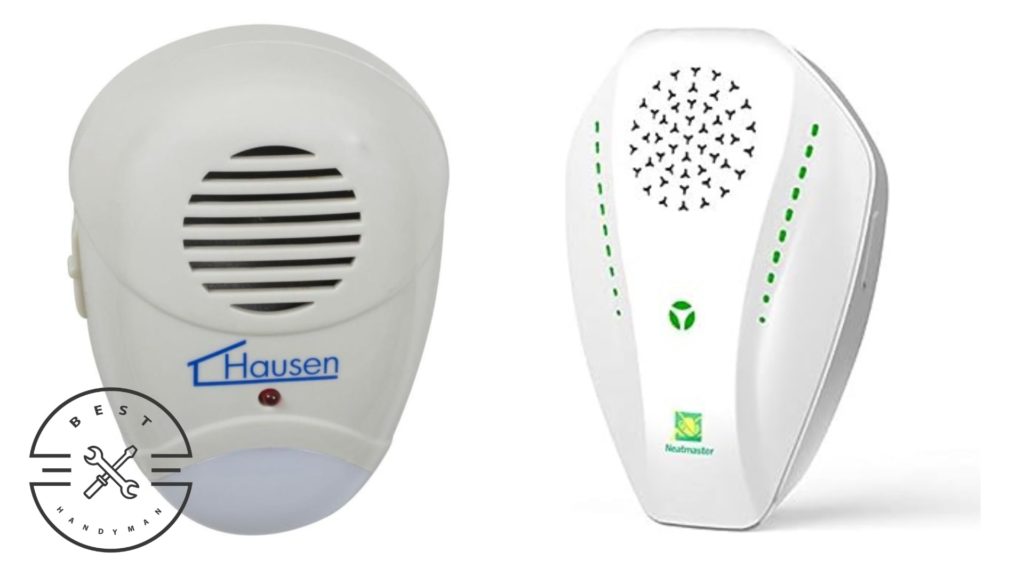
Rat deterrents are another DIY treatment you can try to get rid of rat infestation. Their effectiveness, though, is not as guaranteed as the other three methods, so professionals don’t use them most of the time.
Rats have a keen sense of smell, so certain scents can drive them away. Some common rat deterrents include cinnamon, citronella, peppermint, ammonia, and vinegar.
Some ultrasonic devices are also said to drive rats away. These devices release high-frequency sounds that are unpleasant to rats, but they can become less effective as they can become accustomed to the sound over time.
Fumigation
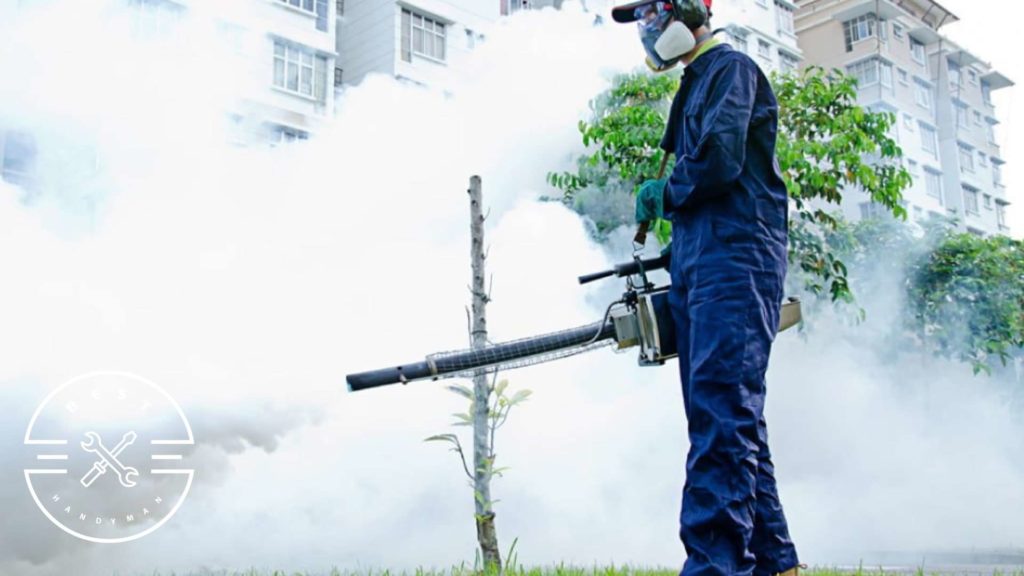
Fumigation is often the last resort for most rat infestation treatments due to potential health risks, environmental impact, cost, and other factors. It’s only used when the infestation is too severe and persistent that other methods can no longer help.
In this method, the property is often sealed off using a tent or plastic sheets to retain the fumigant in the property. The fumigant, a gaseous pesticide, is then sprayed through the property to kill off all kinds of pests.
This method is highly specialized and can only be conducted by professionals, so the fee is quite expensive. Generally, fumigation can cost $1 to $3 per square foot.
Rodent Exclusion
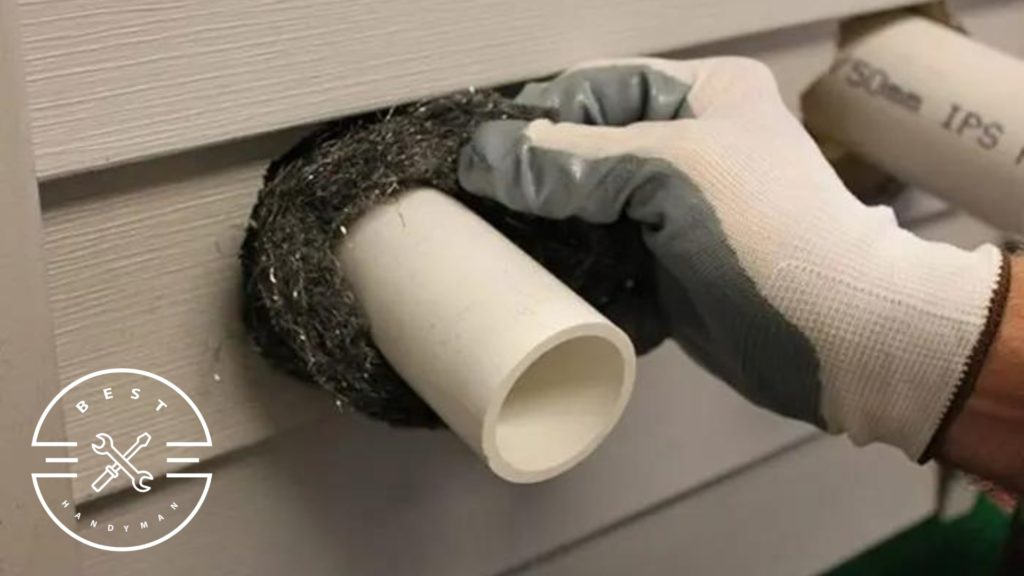
Some rat extermination services also include rodent exclusion, where the exterminators seal off potential entry points to stop rodents, like rats and mice, from entering your property.
This can increase the cost a lot, as they’ll have to conduct a thorough inspection of your property to identify potential entry points. They’ll also need to use special materials to seal off these areas.
They’ll also likely repair parts of your property that have been damaged by rats to address any structural issues that can serve as another entry point for rats.
Service Provider
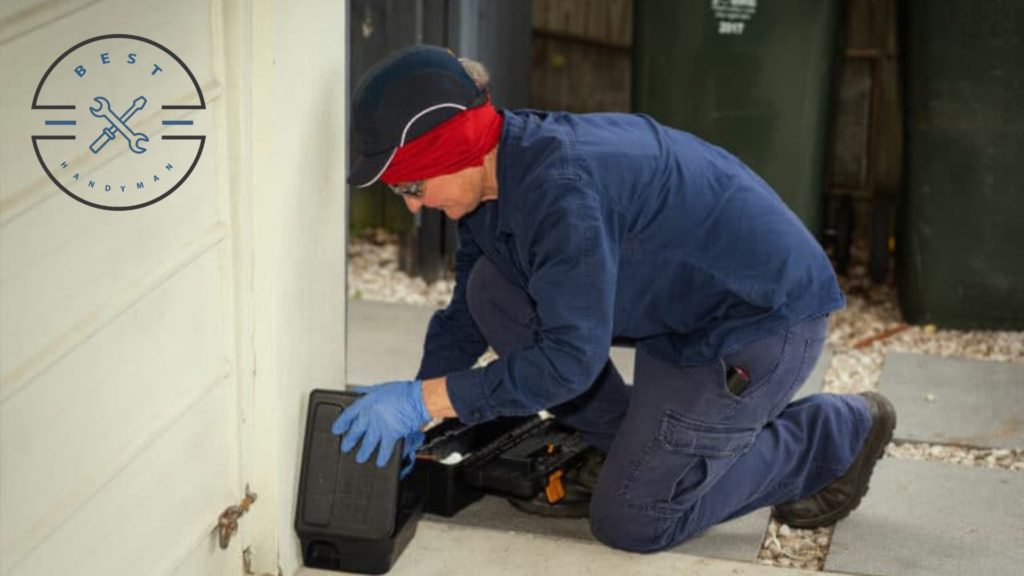
Different rat exterminators charge different prices for their services, so their rates can significantly affect the overall cost of rat extermination.
Additionally, some rat exterminators, despite charging a cheaper rate, may not be as effective as others, which can lead to higher costs.
Typically, the more experienced and reputable the exterminator is, the higher the cost will be. But they also usually tend to be more effective, so it’s best to find a balance between the cost and quality of service.
How long does it take to get rid of rats?
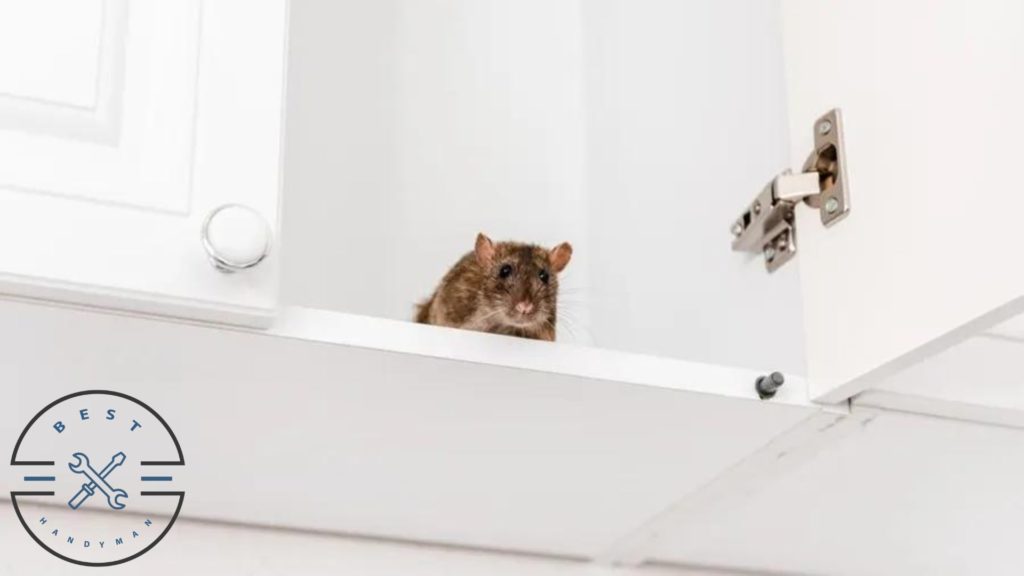
Getting rid of all the rats on your property can take a couple of days to months, depending on several factors, including the property area, the severity of the infestation, and the effectiveness of the exterminator’s strategies.
After the rats are removed, the exterminator may do follow-up visits to ensure they don’t return.
Factors That Affect How Long Rat Extermination Will Take
Property Area

The larger the property is, the longer it will take for the exterminator to get rid of the rats.
Each extermination service starts with an inspection to determine the extent of the infestation, identify entry points, and devise an appropriate treatment plan.
The larger the property is, the longer it will take for them to inspect the entire home, and the more complex the strategy will be.
Larger properties also provide more space for the rats to create nests, spreading the infestation further and complicating the eradication process.
Severity of Infestation
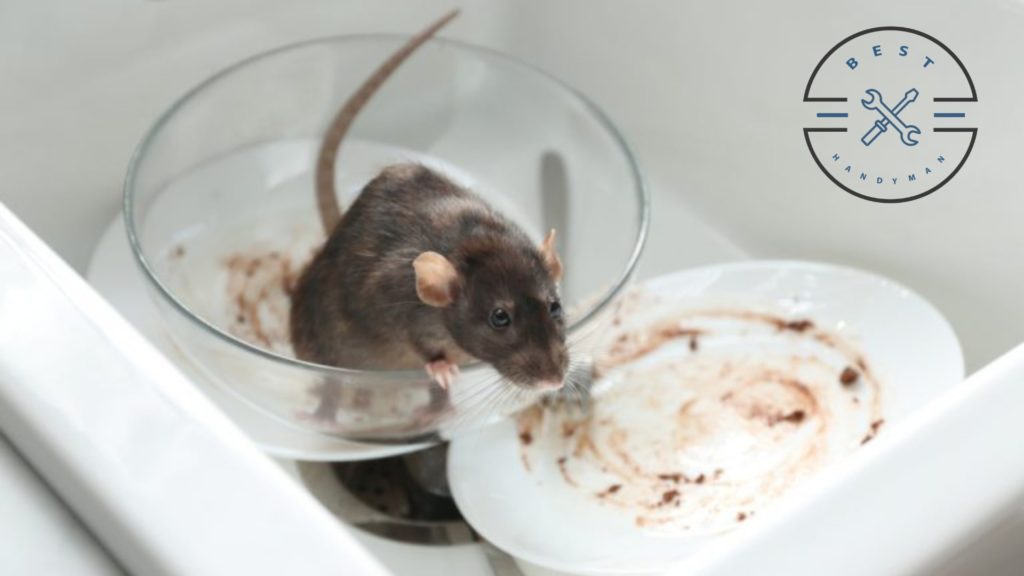
The greater the number of rats in the property, the longer it will take to get rid of them. They reproduce rapidly, with female rats being capable of producing 5 to 10 pups a year, so the population can be significantly large if they’re left for a long time.
Additionally, rats are intelligent and adaptable, so it can be challenging to remove them. If the infestation is severe, rats may exhibit cautious or elusive behavior, making it more difficult to capture or eliminate them.
If they have infested multiple areas in the room, the treatment will also take a much longer time.
Extermination Method
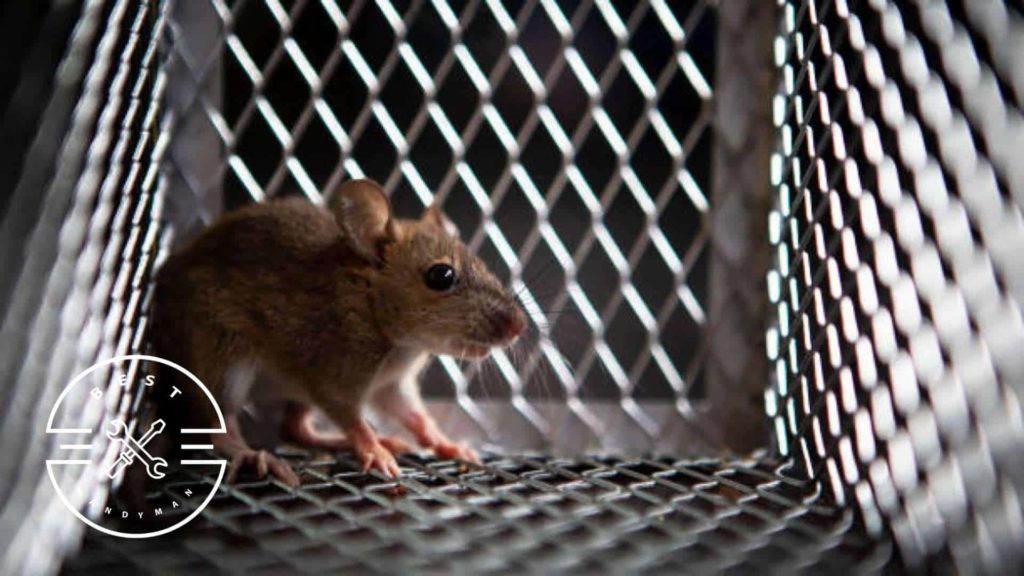
Trapping typically requires more time to completely get rid of rats in your property, as it can take multiple traps and continuous repositioning. It can take weeks to months to get rid of an entire population through trapping alone.
Use of rodenticide can be slightly faster than trapping at times, depending on how lethal the dose of rodenticide is and how fast the rats accept the bait.
However, there are instances when it may not be faster than trapping. If the rats are cautious and have a different supply of food, they most likely will not eat the bait, so the removal process will be longer.
There are also instances when some rats develop resistance or immunity to rodenticide, so remember to use different types or alternate between them. This prevents rats from developing resistance to a specific type of rodenticide.
Fumigation is usually the fastest way to get rid of rats due to its broad coverage, high efficacy, and access to hidden areas. It can take a few hours to days to get rid of all the rats in the property using fumigation.
How much does it cost to remove rats yourself?
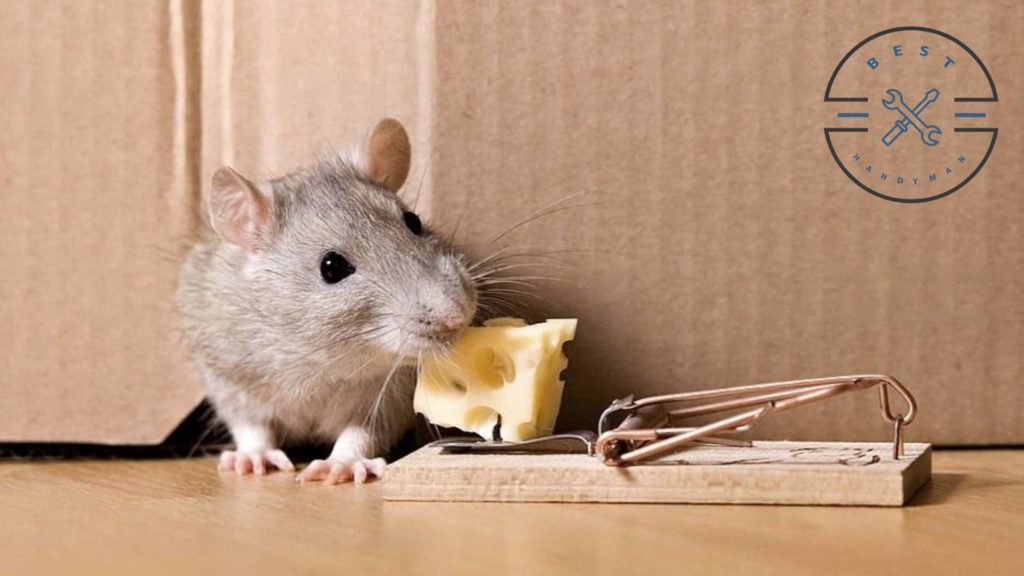
The cost of removing rats by yourself is significantly cheaper than hiring
professionals. Eradicating a small-scale infestation by yourself can cost anywhere between $15 and $120, depending on your method.
The price can go as high as $280 if the infestation is severe and as low as $2 if you’re only removing one rat.
Traps
Snap and jaw traps can cost $2 to $10 each, so they’re typically the cheapest option. Glue traps are a bit more expensive, costing $3 to $15 each, but they’re relatively more effective than snap and jaw traps.
If you are using traditional traps like the ones we mentioned, you can expect to pay anywhere between $15 and $25 for small-scale infestation and $30 to $110 for medium infection. If the infestation is severe, expect to pay $60 to over $150.
Live traps tend to be more expensive, but they’re more humane. It can cost you anywhere between $8 and $20 per trap or around $70 to $115 for small-scale infestation.
Exterminating medium-scale infestation using live traps can cost you around $140 to $170, while severe infestation can cost you around $280 or more.
What are the signs of a rat infestation?
Rat Droppings
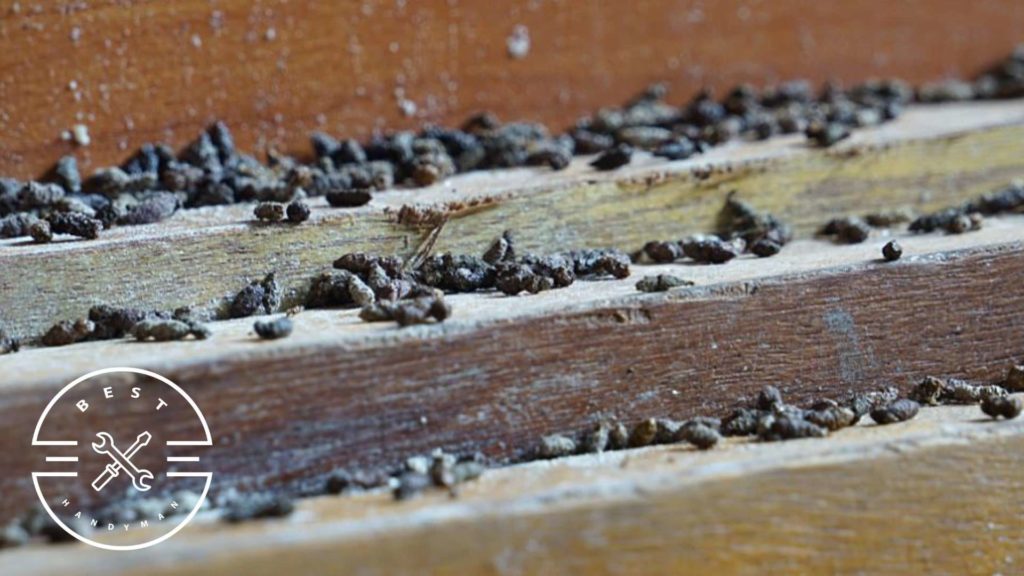
Finding small, dark, and pellet-shaped droppings in and around your property is a clear sign of rat infestation.
These droppings are mostly found along their travel paths or near nesting sites. Some common areas you’ll find include cabinets, baseboards, behind furniture, and secluded corners.
If you find these droppings, make sure to avoid direct contact, as they may contain harmful bacteria or viruses. It’s advised to wear masks and gloves when cleaning them, and ensure that you disinfect the area with a bleach solution.
Gnawing Marks
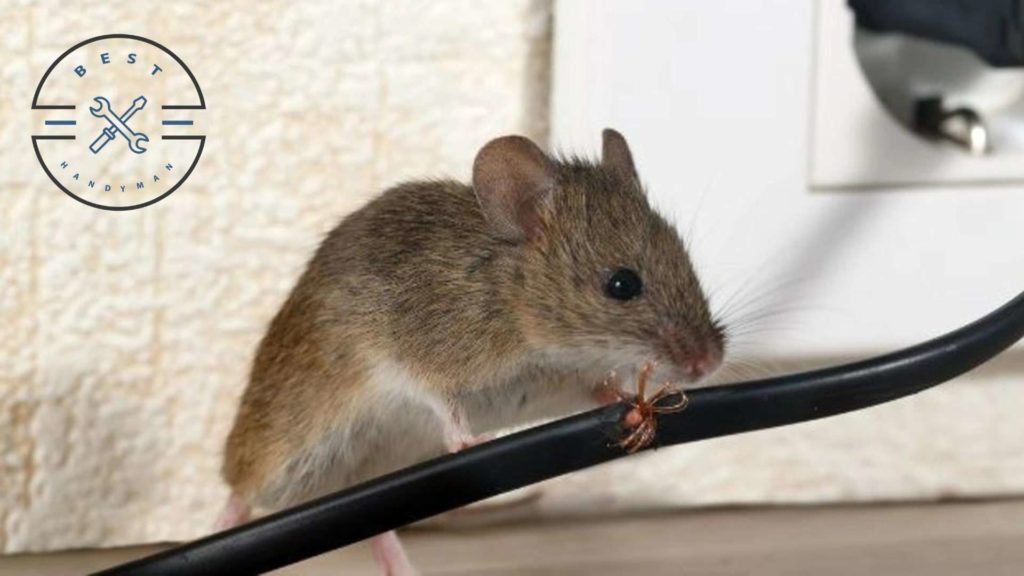
Rats have a natural instinct to gnaw whatever object they might find. One reason for this is their teeth constantly grow, so they need to gnaw on hard materials to wear them down and keep them at a manageable length.
They also tend to gnaw on wood, plastics, and drywalls to create entry and exit points in different areas of your home. This helps them move more efficiently and get the food that they need.
It doesn’t matter how soft or hard the material is; they’ll try to gnaw on them. Hence, if you found some gnawing marks on your home, then it’s probably an indication of rat infestation.
Nests

Rats build nests using paper, fabric, and other soft materials. If you find shredded materials or nesting sites, it can be a sign of rat infestation.
You’ll mostly find their nests in attics, crawl spaces, basements, or hidden corners in your home.
Strange Noises
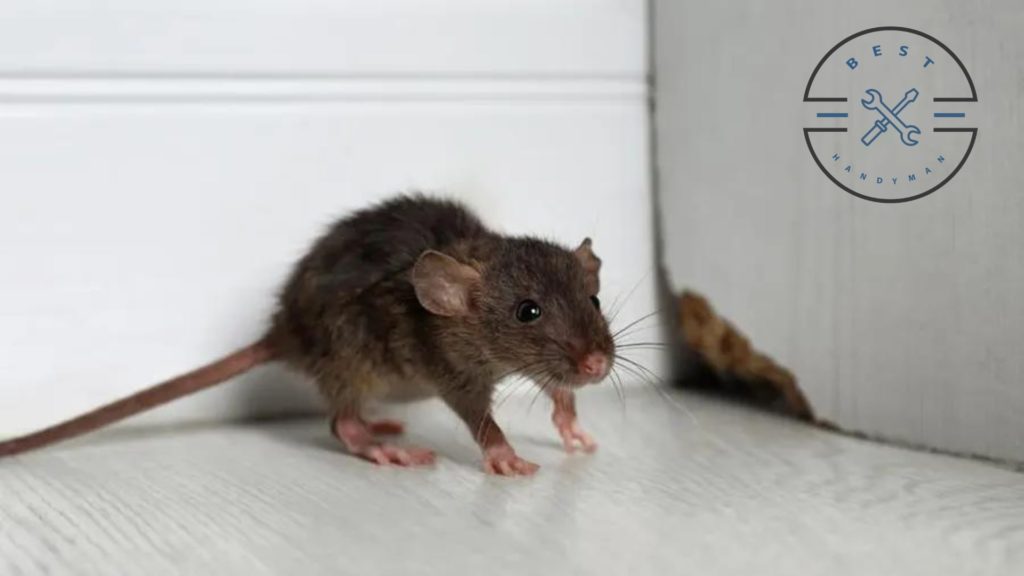
Rats are nocturnal, so they’re mostly active at night. As such, you’ll often hear strange noises within your home at night.
You might hear some scratching or scuffling noises, as rats are agile climbers. You may also hear rapid footsteps or light thumping sounds, as they love running around.
Another possible noise you’ll hear is squeaking noises, as rats often make this to communicate with other rats in your home.
Grease Marks
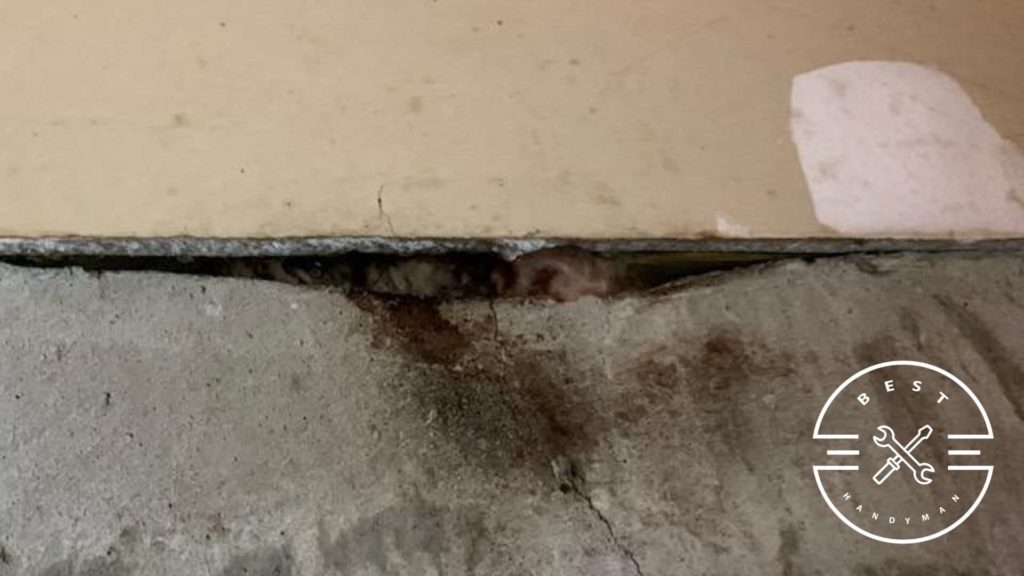
Rats have oily fur that leaves grease marks on surfaces they frequently brush against. These marks may appear as dark or brownish smudges along walls, pipes, or along floorboards.
They tend to follow specific paths or runways along walls and fences, so if you find grease marks on some parts of your home, that’s probably their travel path.
Unusual Pet Behavior

Pets can show unusual behavior when there’s a rat infestation in your home. While each pet may react differently, most are commonly more alert when they sense that there’s a presence of pests like rats in your home.
You may find them constantly staring or focusing on a certain area. They may also start persistently sniffing and scratching wall voids and corners where rats are active.
Some pets may also become restless and anxious when they sense an intruder in your home. Since they have more developed senses than humans, rats’ light sounds can make them more restless than usual.
Tips to Prevent Rat Infestation in the Future
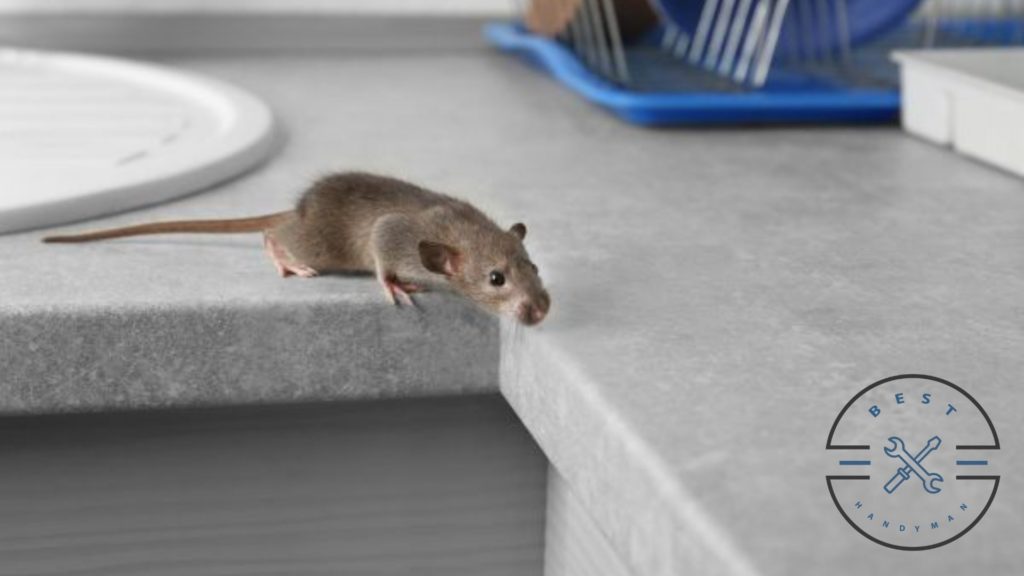
Seal entry points
No matter how small the crack or hole is, rats can still use them as entry points. That’s why it’s important that you seal every hole or crack in your walls, floors, or foundations with steel wool or caulk.
Pipes, vents, and utility openings are also common entry points for rats, so pay special attention to them. Put screens on vents to prevent rats from using them to enter your home.
It’s also important to make sure that all doors and windows are closed tightly and don’t have gaps or openings that rats can squeeze through.
Keep a clean environment
Food spills, crumbs, and improperly stored food can all serve as food sources for rats. That’s why they mostly stay in homes that are not properly cleaned.
By keeping a clean home, you’re removing possible food sources for rats and making your home less attractive for them.
Trim vegetation
Rats, especially roof rats, often use trees and brushes close to your house to get inside, so keeping them at a manageable height and distance is recommended.
Trim them regularly to maintain a clear perimeter around your property to deny rats of possible entry.
Keep pet food in containers
Rats are attracted to pet food, so leaving them outside of containers can attract more rats to your home.
Use a tight-sealed container to ensure that the smell won’t reach the rats. This also prevents them from taking the food and ruining the entire supply.
Practice proper waste management
Dispose of garbage properly in sealed bins and avoid leaving bags of trash outside for extended periods. This is because the strong odor coming from the garbage can attract rats.
They also tend to look for food in the garbage or hide in bins, so it’s best to keep them sealed.
Remove clutter
Rats seek shelter in hidden spaces, so the more clutter you have in your home, the more attractive it is for rats.
Remove unnecessary clutter and store items in sealed plastic containers to reduce possible nesting areas for them.

